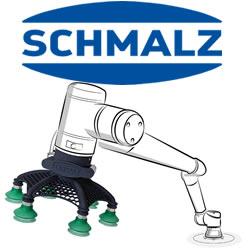President Signs FAA Bill To Integrate Unmanned Vehicle Systems By 2015
President Obama has signed the FAA Modernization and Reform Act 2012. The bill will allow the FAA to rebuild its air traffic control system to the next generation technology which will include switching from radar to a GPS air traffic control system. The law will open up the skies to unmanned drones by September 2015.
According to AUVSI (Association for Unmanned Vehicle Systems International), major UAS provisions in the FAA bill include:
- Setting a 30 Sept., 2015 deadline for full integration of UAS into the national airspace
- Requiring a comprehensive integration plan within nine months
- Requiring the FAA to create a five-year UAS roadmap (which should be updated annually)
- Requiring small UAS (under 55 pounds) to be allowed to fly within 27 months
- Requiring six UAS test sites within six months (similar to the language in the already-passed defense bill)
- Requiring small UAS (under 55 pounds) be allowed to fly in the U.S. Arctic, 24 hours a day, beyond line-of-sight, at an altitude of at least 2,000 feet, within one year
- Requiring expedited access for public users, such as law enforcement, firefighters, emergency responders
- Allowing first responders to fly very small UAS (4.4 pounds or less) within 90 days if they meet certain requirements
- Requiring the FAA to study UAS human factors and causes of accidents
Comments (0)
This post does not have any comments. Be the first to leave a comment below.
Featured Product

Schmalz Technology Development - The Right Gripper for Every Task
In order to interact with their environment and perform the tasks, lightweight robots, like all industrial robots, depend on tools - and in many cases these are vacuum grippers. These form the interface to the workpiece and are therefore a decisive part of the overall system. With their help, the robots can pick up, move, position, process, sort, stack and deposit a wide variety of goods and components. Vacuum gripping systems allow particularly gentle handling of workpieces, a compact and space-saving system design and gripping from above. Precisely because the object does not have to be gripped, the vacuum suction cupenables gapless positioning next to each other.
